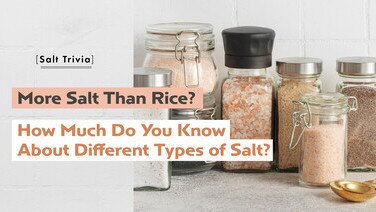A taskforce was promptly formed by the University of Hong Kong-Shenzhen Hospital, Hong Kong Consumer Council, Hong Kong Applied Science and Technology Research Institute, Hong Kong Science Park, and the Department of Architecture and Civil Engineering of the City University of Hong Kong. The research was done not only on the development of the do-it-yourself (DIY) face mask but also on the changes in the efficacy of surgical mask after making those attempts of cleaning and sterilizing.
The lab tests conducted by the Taskforce on the filtration efficiency of the surgical mask after cleaning and sterilizing were mainly carried out in two approaches, including:
- spray 75% alcohol-based hand rub on the outer layer of the surgical mask; and
- wash the surgical mask with 60°C soap water
The results of the two tests could be revealed under a Scanning Electron Microscope (“SEM”).
Test result 1: Examine the water-resistant layer of surgical mask
The structure of the water-resistant layer was damaged: the water-resistant outer layer was impaired, losing its water-resistant function!
(Image 1) The water-resistant outer layer of a standard surgical mask (SEM image, 100X)

(Image 2) The water-resistant outer layer of the surgical mask was damaged after alcohol sterilization (SEM image, 100X)

(Image 3) The water-resistant outer layer of the surgical mask shrunk after washing with 60°C soap water (SEM image, 100X)

Test result 2: Examine the filtration layer of the surgical mask
The structure of the filtration layer was damaged: the fiber in the middle layer was damaged, deformed and shrunk; or the fiber integrity was impaired, affecting its filtration efficacy and protection function.
(Image 4) Middle layer for filtration of a standard surgical mask (SEM image, 100X)
(Image 5) Middle layer for filtration was damaged after alcohol sterilization (SEM image, 100X)

(Image 6) Middle layer for filtration severely shrunk and deformed after washing with 60°C soap water (SEM image, 100X)









![[Handwashing Cold Knowledge] Debunking 4 common handwashing myths](/f/guide_detail/409326/376c212/43_4%E5%80%8B%E6%B4%97%E6%89%8B%E5%B8%B8%E8%A6%8B%E8%BF%B7%E6%80%9D_Eng.jpg)


